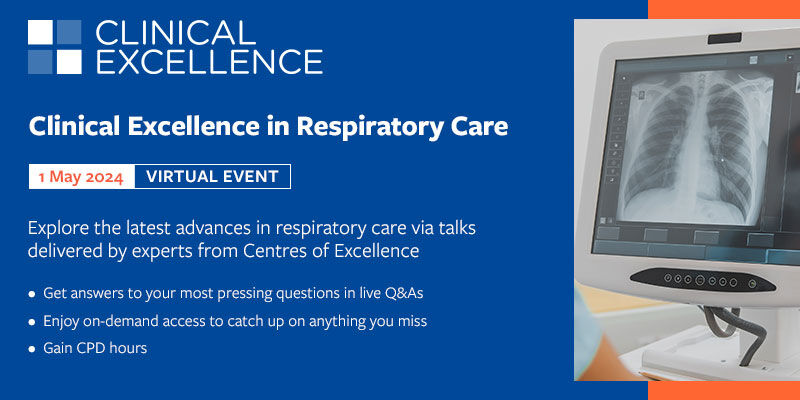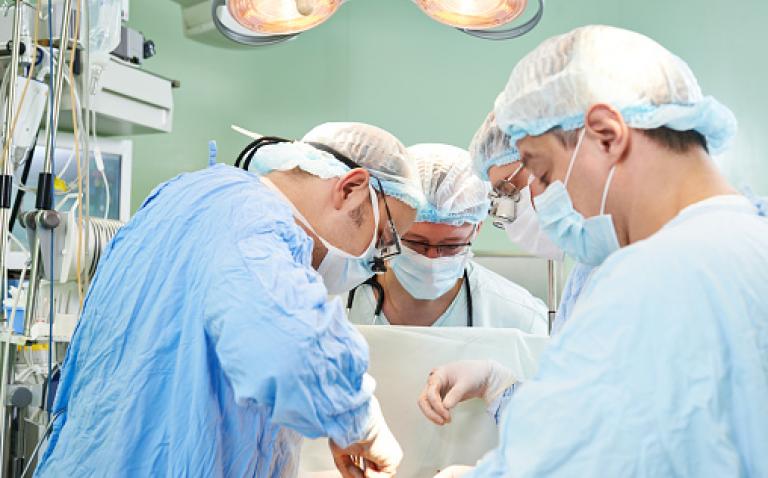The Association of Anaesthetists of Great Britain and Ireland (AAGBI) has published new Standards in patient monitoring, and calls for all hospitals to work towards using capnography for all anaesthetist-led sedation to improve patient safety.
Capnography (the monitoring of carbon dioxide in the breath) is used to monitor patients’ breathing, and is the only way to make sure patients are breathing adequately while they are asleep or sedated.
The 2016 AAGBI Standards of Monitoring are based on major new research studies reviewed by the AAGBI Standards Working Party, chaired by Dr Matthew Checketts, and reflect recent advances in new monitoring technologies, specifying when and in which patients they should be used.

These include monitoring:
- depth of anaesthesia (how deeply asleep patients are)
- neuromuscular blockade (how effective muscular paralysis is)
- and cardiac output (how well the heart is working).
New research also highlights the patient safety benefits of capnography used universally during anaesthesia and sedation, and so the Standards call for anaesthetic departments to work towards providing capnography monitoring throughout the whole period of anaesthesia, from induction to full recovery of consciousness as recommended by the AAGBI guideline Immediate Post-anaesthesia Recovery 2013. They also recommend that capnography monitoring is used whenever an anaesthetist administers sedation, whether in the operating theatre or in any other hospital location, such as the Emergency Department or the Cardiac Catheter Laboratory.
Dr Andrew Klein, a Cardiothoracic Anaesthetist, from Papworth Hospital in Cambridge, and AAGBI Standards Working Party member, states:
“The AAGBI has mandated the use of capnography to its members, and this important document states that: “When anaesthetists are called to administer sedation (both within) and outside the operating theatre (for example in the emergency department, cardiac catheter lab, radiology, department, electroconvulsive therapy suite, endoscopy theatre, pain clinic, community dental clinic, critical care, or delivery suite), the same minimum essential standards of monitoring should apply; this includes expired carbon dioxide (capnography)”. The AAGBI believes that capnography is an essential part of monitoring patients who receive sedation and is vital for patient safety. The requirement for much more widespread capnography, especially outside the operating theatre, will inevitably require investment in both training of staff and equipment.”
The AAGBI regards it as essential that minimum standards of monitoring are adhered to by anaesthetists whenever a patient is anaesthetised (or sedated), and so has produced a practical 9-point plan for anaesthetists in the UK and Ireland that demonstrates the minimum standards of monitoring, regardless of duration, location or method of anaesthesia. The published updated Standards of Monitoring will be distributed by the AAGBI to all NHS Chief Executive Officers and Clinical Directors in the UK. They are also available online at http://bit.ly/2cannWS









